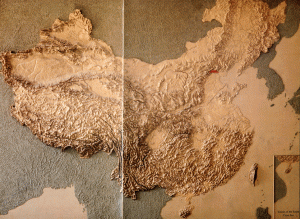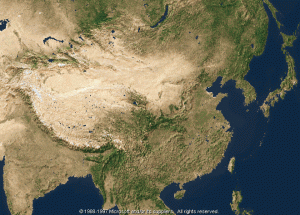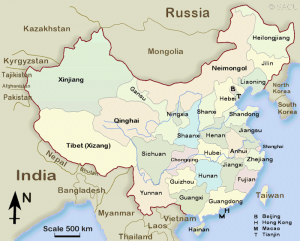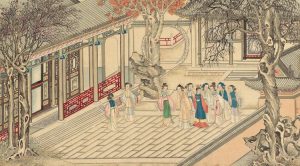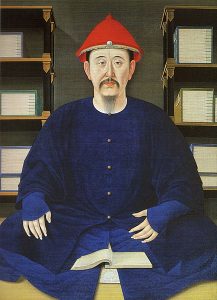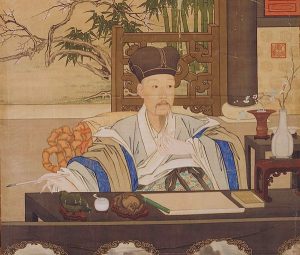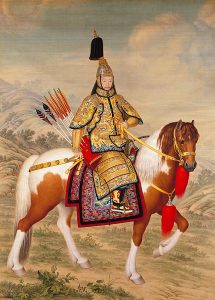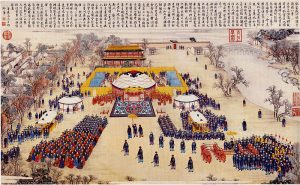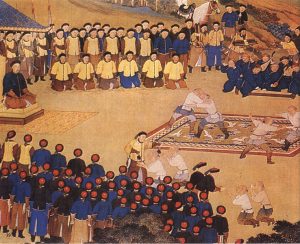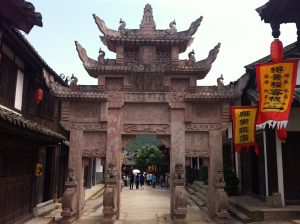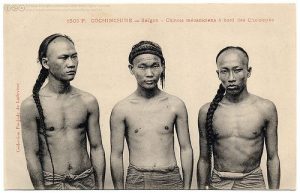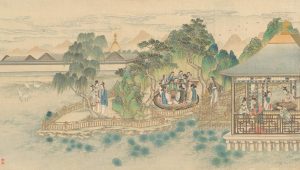I. Qing Rulerships
- The Kangxi emperor (r. 1661–1722)—consolidation … war of the Three Feudatories (1673–1681) … Taiwan (1683) … foundation of government (bannermen … grand secretaries … six ministries … governors) … sacred edicts (1670) … rites controversy (1692)
- The Yongzheng emperor (r. 1722–1735)—centralization … Grand Council … the Secret Memorial system … fiscal reforms … Lü Liuliang 呂留良 (1629–1683)
- The Qianlong emperor (r.1735–1796)—42,000 poems … “Manchu-ness” … sorcery scare (1768) … Si ku quan shu 四庫全書 (1771–80s; The complete library of the four treasuries; 3,461 titles) … patrons of literati culture
- Notable characteristics—longevity … dual identities
II. Expansion and Consolidation
- Taiwan (1683)—Zheng Chenggong 鄭成功 (Koxinga)
- Mongolia (1690s)—Eastern Mongols (1630s) … Western (Dzungar) Mongols (1696)
- Tibet (1720s)—protectorate
- Xinjiang (Chinese Central Asia) (1750s)—Uighurs
- Russia—treaties (1689; 1728)
- “Multi-ethnic” empire—Illustrations of Tributaries
III. Social and Economic Trends
- Population expansion
- Migration
- Social mobility
IV. Cultural Reorientation
- “Evidential learning” (kao zheng)—Huang Zongxi 黃宗羲 (1610–95) … Gu Yanwu 顧炎武 (1613–82) … reactions against Wang Yangming (1472–1529)
- Conservative turn—faithful widows . . . women’s writings
- Dream of the Red Chamber 紅樓夢 (Hong lou meng) (1791)—Cao Xueqin (1715–64)
V. Legacies of the Eighteenth Century
- Demographic and territorial expansion
- Involutionary trap?
Discussion
- How would you catalog the Six Records of a Life Adrift? In what ways was it an unusual text?
- How does the fact that the original (partial) manuscript was discovered in a bookstore long after it was written complicate our attempt to use it as a historical document?
- What do you think about Chen Yun? How does her experience confirm or challenge your understanding of what it was like to be a woman in eighteenth-century China?
- Finally, what do you think about Shen Fu? Based on what you have read, in what ways were his experiences representative?
Maps
External links to Maps:
Physical Map
Source: National Museum of Chinese History, ed., A Journey into China's Antiquity, vol. 1 (Beijing: Morning Glory Publishers, 1997), pp. 8–9.
Physical Map by Satellite
Administrative Map
Source: SACU

